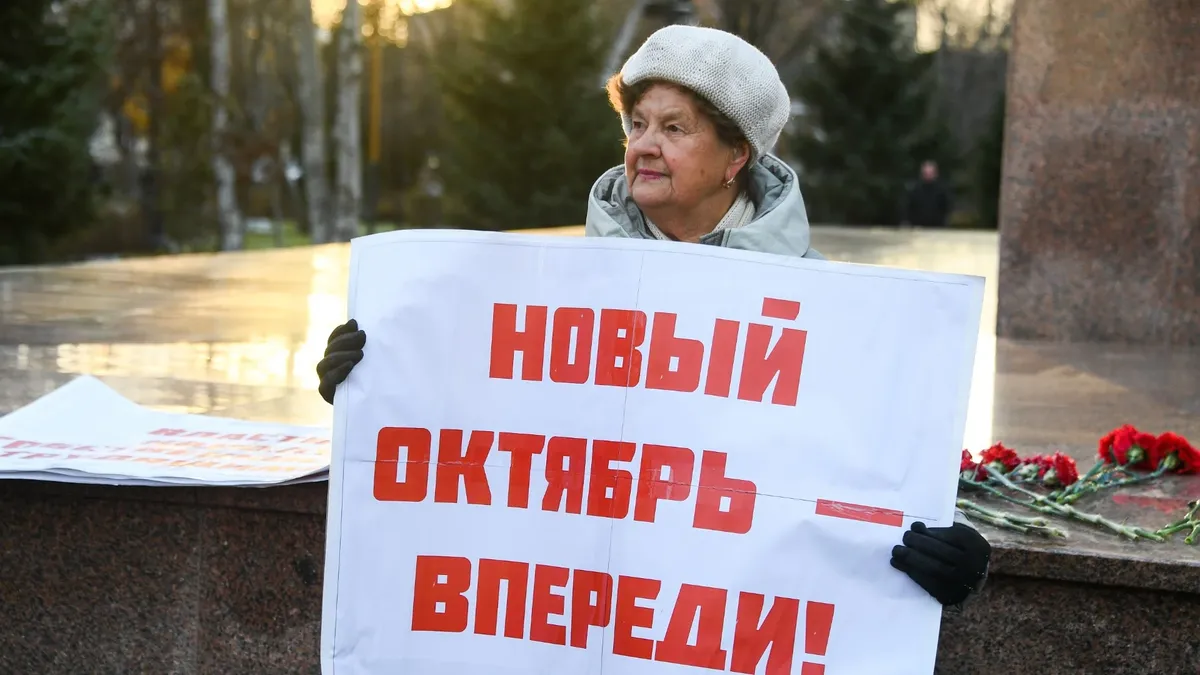LITHUANIA TO LEAD NATO UNIT IN AFGHANISTAN
LITHUANIA TO LEAD NATO UNIT IN AFGHANISTAN
Speaking at the high-level NATO conference in Munich on February 12-13, U.S. Defense Secretary Donald Rumsfeld singled out for praise Lithuania’s contribution to the NATO-led International Security Assistance Force (ISAF) in Afghanistan. NATO Secretary-General Jaap de Hoop Scheffer had similarly commended Lithuania’s contribution to ISAF during a January 21 NATO meeting in Brussels, as a “laudable example” to some other, larger member countries: “If Lithuania can do it, others can do it too.” (ELTA, January 24, February 12). The latter remark was alluding to the alliance’s force-generation difficulties in the process of expanding ISAF.
Lithuania has decided to increase its contribution to force-generation for ISAF by offering to become the lead country in establishing a Provincial Reconstruction Team (PRT). ISAF, with an overall strength of 8,000 from some 30 countries, operates in Kabul and in several northern Afghan provinces. PRTs, with an average strength of 200 to 300, constitute ISAF’s operating format in the countryside. NATO has decided to extend ISAF from northern to western Afghanistan in order to provide security in anticipation of the parliamentary elections and to buttress stability afterward. The alliance is about to add four PRTs in the west to the five it already operates in the north. Of the additional four, two already exist as American PRTs and are being handed over to ISAF, which operates separately from U.S. forces. Thus, ISAF’s net addition consists of two PRTs, to be led by Lithuania and Spain, respectively.
Spain, an old NATO member with a population eight times larger than Lithuania’s, has successfully laid claim to the easier of the two new PRTs, while Lithuania’s military accepted to switch to the more challenging one. Because Spain is partly in charge of a forward support base with a helicopter squadron near Herat, it has requested and obtained NATO consent to lead the PRT in the nearby Baghdis province, where the Lithuanians had initially been assigned. Baghdis is situated in mostly flat terrain bordering on Turkmenistan and with immediate access to the main overland supply line from that country.
Lithuania’s military is being reassigned to lead the PRT in the more remote Ghor province in the Hindu-Kush Mountains. An Afghan battalion was deployed to the province last year in response to a riot. The old airfield near the provincial capital, Chaghcharan, requires extensive repair by NATO allies. The PRT is expected to become fully operational by September. Lithuania’s Defense Ministry plans to spend 3.5 million euros from its own funds on this PRT. Lt.-Colonel Gintautas Zenkevicius is the designated commander. Lithuania expects small numbers of Latvian, Estonian, and Romanian personnel to join this mission. At the moment, Latvia’s military plans to send police and ordnance-disposal personnel. Estonia’s Defense Ministry has announced its intention to contribute as well.
Lithuania has already deployed 25 servicemen with ISAF in Kabul and the north, as well as a 45-troop squadron with the U.S.-led Operation Enduring Freedom in southern Afghanistan since 2002. The ISAF PRTs are mainly tasked to protect local offices and representatives of the central Afghan government, relief operations, and international NGO activities, improve the security of road transport, as well as watch local armed groups, promote their disbandment or resubordination to legitimate authorities, and train local police, and provide security during elections.
(BNS, ELTA, January 31, February 8, 10, 12; NATO press releases, February 10, 14).


